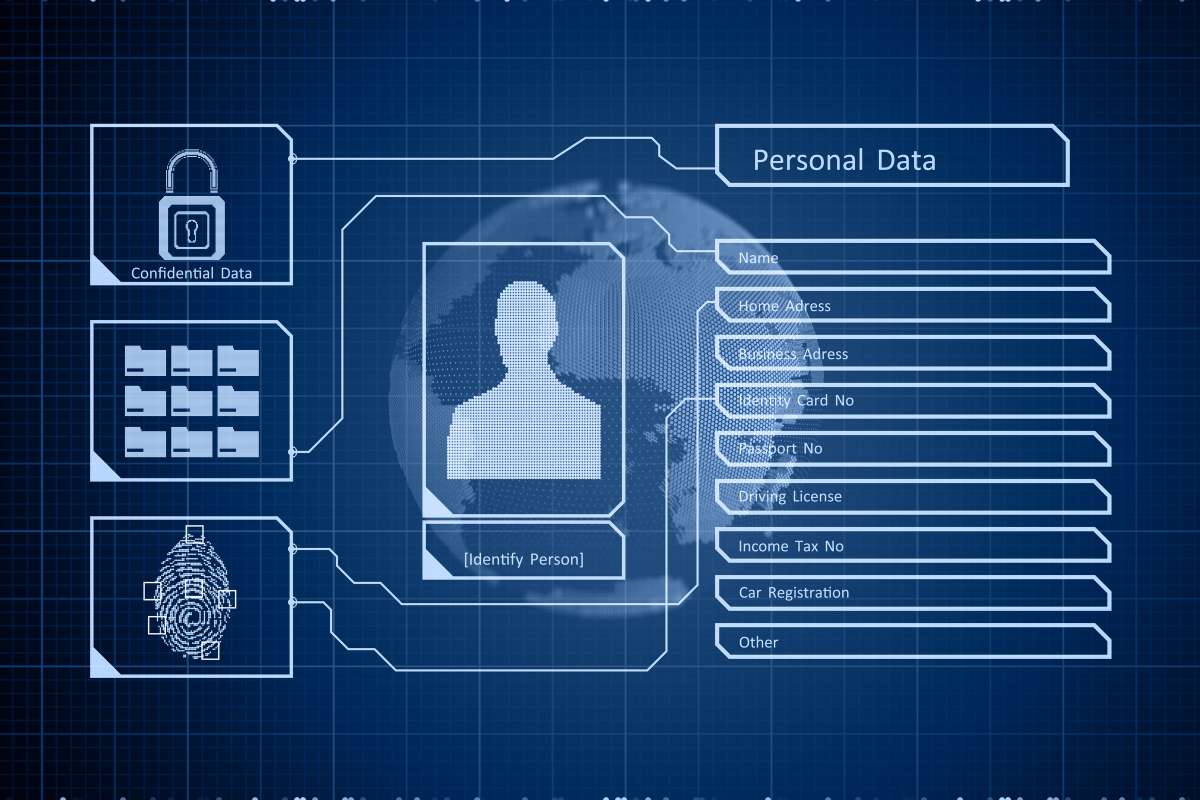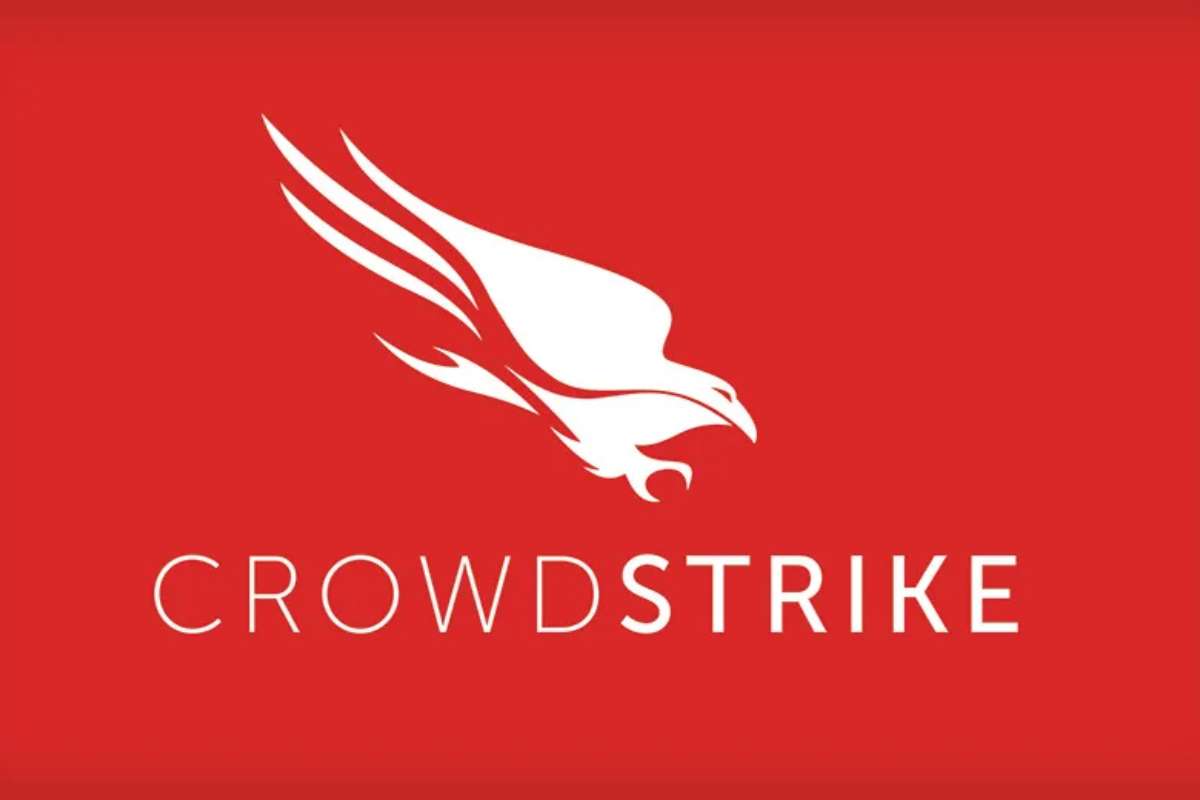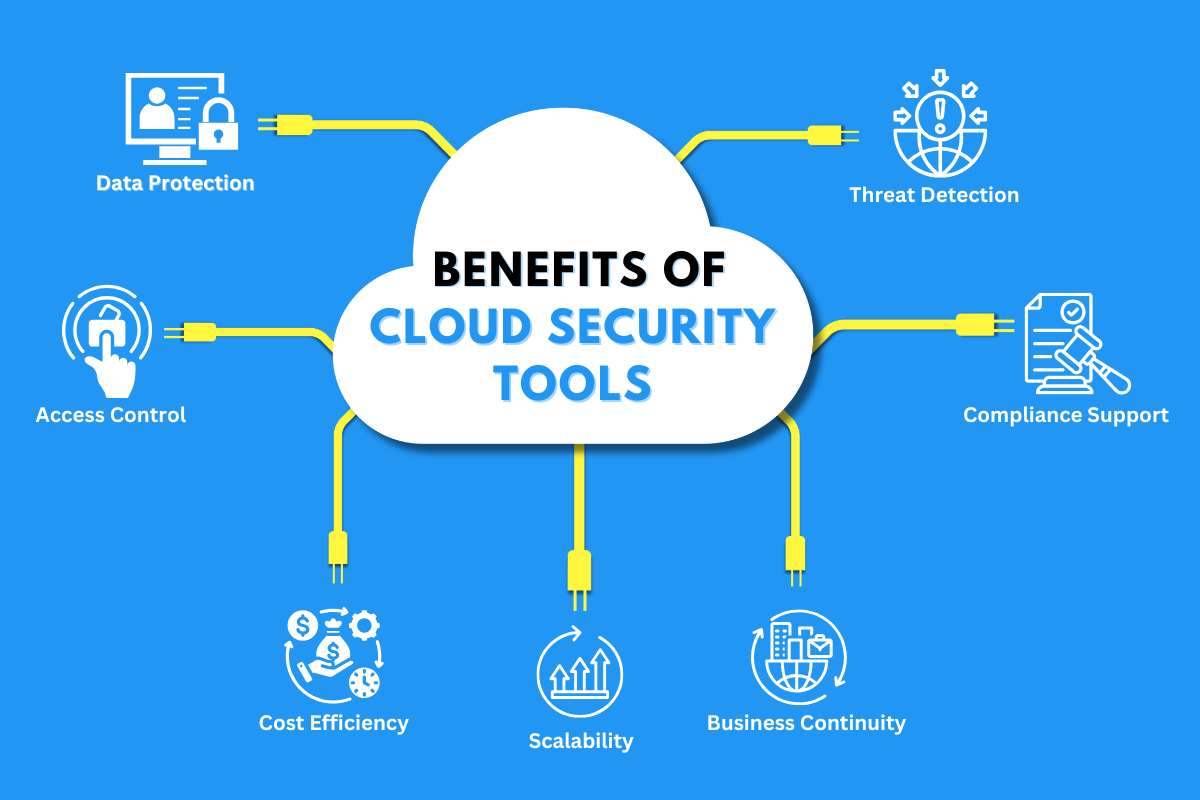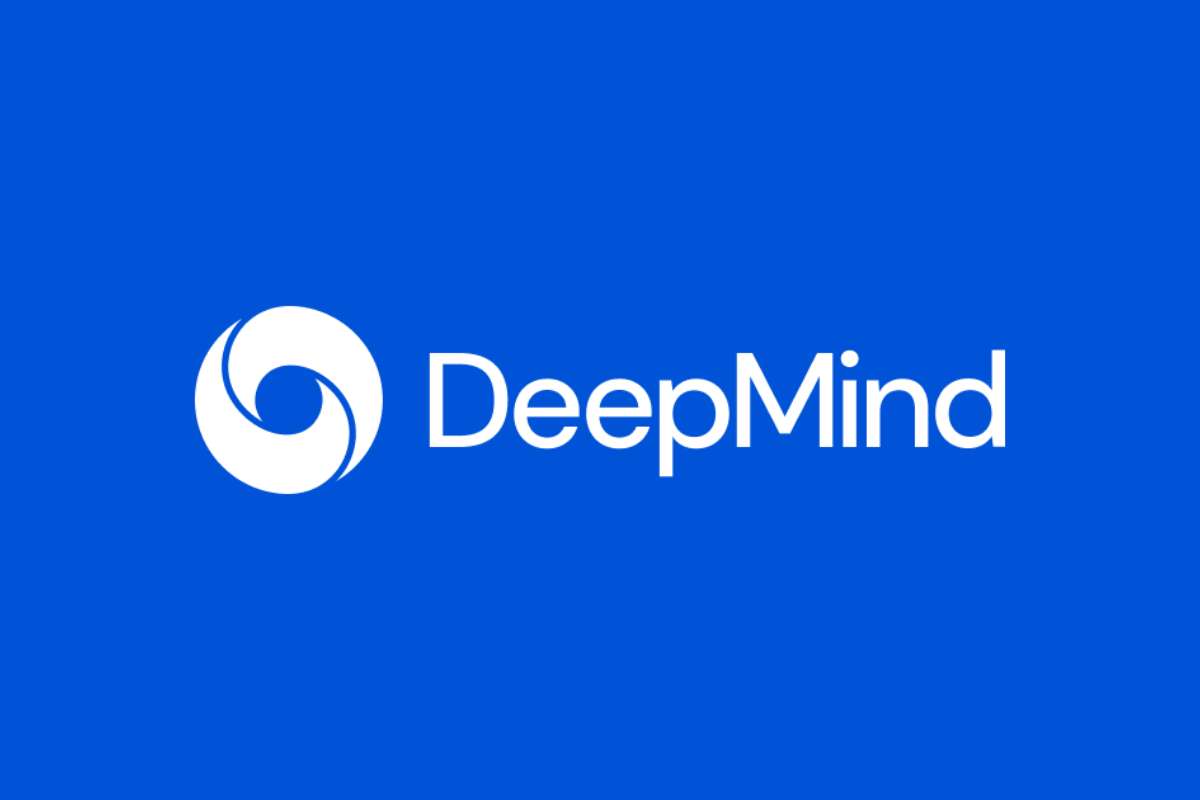Last year in 2024, a small online store faced a major security breach. Hackers accessed their cloud storage, stealing customer details and payment information. The business lost trust, money, storage, and had its customer details and payment information. The business lost trust, money, and loyal customers. This shocking event could have been prevented with proper cloud storage and security tools. These cyber security tools help protect cloud data, applications, and systems from cyber-attacks. Different features such as encryption, firewalls, and access controls provide strong security against cyber-attacks. Investing in cloud security tools is important for keeping your data safe if you are a small business or a large organization.
Cloud security tools help keep data, applications, and systems safe in the cloud. As more businesses move to the cloud, cyber threats also increase. Hackers try to find weak spots to steal sensitive data, disrupt services, or launch attacks. These security tools help prevent such risks by blocking malware, stopping unauthorized access, and protecting against data breaches. Companies use cloud security tools to track, detect, and respond to threats instantly. These tools secure different cloud setups, including public, private, and hybrid models. As cyber threats continue to grow, businesses will expand more on these tools in 2025.
Categories of Top Cloud Security Tools:
Cloud security tools come in different categories, depending on their function. Here are some common categories of Cloud Security Tools:
1. Identity and Access Management (IAM) Tools –

These tools help control who can access cloud resources. They use features like password policies, MFA, and role-based access controls.
Example: Okta, Microsoft Azure AD.
2. Cloud Workload Protection Platforms (CWPPs) –
These cloud security tools protect workloads such as virtual machines, and serverless applications from cyber-attacks.
Example: Palo Alto Prisma Cloud, Trend Micro Deep Security.
3. Cloud Security Posture Management (CSPM) Tools –
CSPM tools continuously monitor cloud environments for misconfigurations and compliance issues. They help prevent security risks before they become threats.
Example: Orca Security, Wiz.
4. Data Loss Prevention (DLP) Tools –
These cloud security tools help prevent unauthorized access, sharing, or leakage of sensitive data.
Example: Symantec DLP, McAfee Total Protection for DLP.
5. Security Information and Event Management (SIEM) Tools –
SIEM tools collect and analyze security data from different cloud sources. They help detect security threats and provide alerts for quick action.
Example: Splunk, IBM QRadar.
6. Cloud Access Security Brokers (CASBs) –
These cloud security tools sit between users and cloud applications, security policies are enforced. They help control data access and prevent cyber threats.
Example: Microsoft Defender for Cloud Apps, Netskope.
Top Cloud Security Tools in 2025:
Many cloud security tools are trending in 2025 because of their advanced features and strong protection capabilities. Here are some of the top trending tools:
1. CrowdStrike Falcon –

CrowdStrike Falcon is an AI-powered cloud security tool that provides endpoint protection, threat detection, and automated response to cyber-attacks. It is used by enterprises to prevent security breaches.
2. Microsoft Defender for Cloud –
This cloud security tool offers advanced threat protection for cloud workloads. It integrates with Microsoft Azure and other cloud services to provide security and compliance management.
3. Wiz –
Wiz is a fast-growing cloud security tool that offers real-time visibility into cloud environments. It helps detect misconfigurations, compliance risks, and security threats quickly.
4. Palo Alto Prisma Cloud –
Prisma Cloud is a cloud security tool that protects containers, workloads, and serverless applications. It is known for its strong security automation features.
5. Zscaler Cloud Security –
Zscaler is a cloud-based security tool that focuses on zero-trust network access (ZTNA). It secures remote access to cloud applications while preventing cyber threats.
6. Orca Security –
Orca Security offers agentless cloud security, meaning businesses can monitor their cloud environment without installing additional software. It helps detect vulnerabilities and improve security compliance.
7. Trend Micro Cloud One –
This security tool provides cloud workload protection, container security, and compliance automation. It helps businesses secure their cloud infrastructure effectively.
Benefits of Cloud Security Tools:

Cloud security tools provide many benefits to businesses. Here are some key benefits of Cloud Security Tools are,
1. Data Protection – Protect data breaches and leaks.
2. Threat Detection – Identifies and stops cyber threats in real time.
3. Access Control – Only authorized users can access data.
4. Compliance Support – Helps meet industry security regulations.
5. Cost Efficiency – Reduces financial losses from cyberattacks.
6. Business Continuity – Keeps operations running smoothly.
7. Scalability – Adapts to business growth and needs.
Future Outlook –
Cloud security is stronger as cyber threats keep growing. With the help of AI and machine learning, security tools are becoming smarter. They can detect threats faster and take action automatically to stop attacks. Cloud security tools are improving identity checks, multi-factor authentication (MFA), and strict access controls. This confirms that only the right people can access important data. Another key improvement is making it easier for businesses to follow security rules. Governments and industries have stricter data protection laws. Advanced security tools help companies stay compliant by automatically checking security measures and providing real-time monitoring.
Conclusion
Cloud security tools help protect online data and applications from hackers and cyber-attacks. As online risks increase, businesses need the right tools to keep their cloud systems safe. These tools help by monitoring threats in real time, encrypting data, and even reducing costs. Cloud security is becoming smarter with AI, machine learning, and zero-trust security. To stay safe from new cyber-attacks, businesses should keep up with the latest security tools. In the digital world, strong cloud security is not just important, it is essential.






